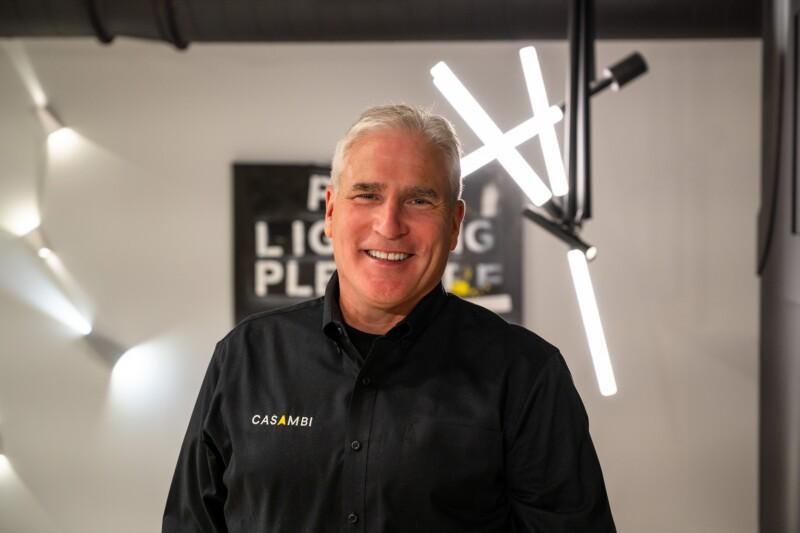For disruptive technologies to take hold in construction, project management must think about costs differently

New construction projects are often driven by costs. We have all heard the phrase “value engineering” and we have seen the negative effects of what that means to specific design objectives. But what if new disruptive technology, such as BLE mesh control networks, can satisfy BOTH the value engineering objectives of reducing costs AND accomplish or even exceed design objectives? This approaching disruption can achieve this balance, but only if thinking around current cost structures changes.
Traditionally, construction budgets tend to be divided into fairly rigid ‘silos’ dedicated to specific portions of a built infrastructure. For instance, there will be a budget devoted to mechanical system infrastructure, mechanical labor and associated costs. On the electrical side, the electrical budget will be another category with specific sub-budgets devoted to lighting fixtures, control gear, electrical labor for installation, and commissioning.
The opportunities with BLE mesh networked control technology disrupt these traditional models and the results are major overall savings although the savings draw from different categories than the traditional model described above.
For instance, as part of a new construction project, the electrical contractor will develop and submit an estimate based on the architectural makeup of a project: so many individual private offices, open office areas, a specific number of conference rooms, perhaps a kitchen area. Each of these spaces contains specific amounts of wiring devoted to lighting, switches, and the installation labor based on connecting these components together. With a Casambi BLE mesh network, the equation changes dramatically. The table below highlights these changes as well as the resulting benefits.

The disruption continues beyond the construction phase and throughout the building lifecycle. Ongoing adjustments to network controls no longer require costly commissioning or programming specialists. Facility managers can typically make adjustments themselves right on the Casambi app.
Future space reconfiguration is also far less costly as Casambi networks can scale easily with the addition of new fixtures, wireless switches or other modules that may become available as the technology continues to evolve.
Bottom line? Using BLE mesh controls can be a game-changer for construction budgets and the way project teams think about costs. Project teams will be well-served to adapt and thrive in the emerging BLE-based controls environment by including greater flexibility in developing budgets. More flexible budgets enable investment in these disruptive ‘future-proof’ technologies that will provide greater holistic savings and provide operational flexibility for years to come.



